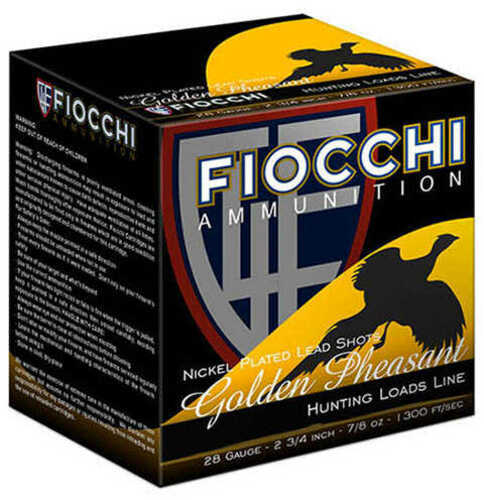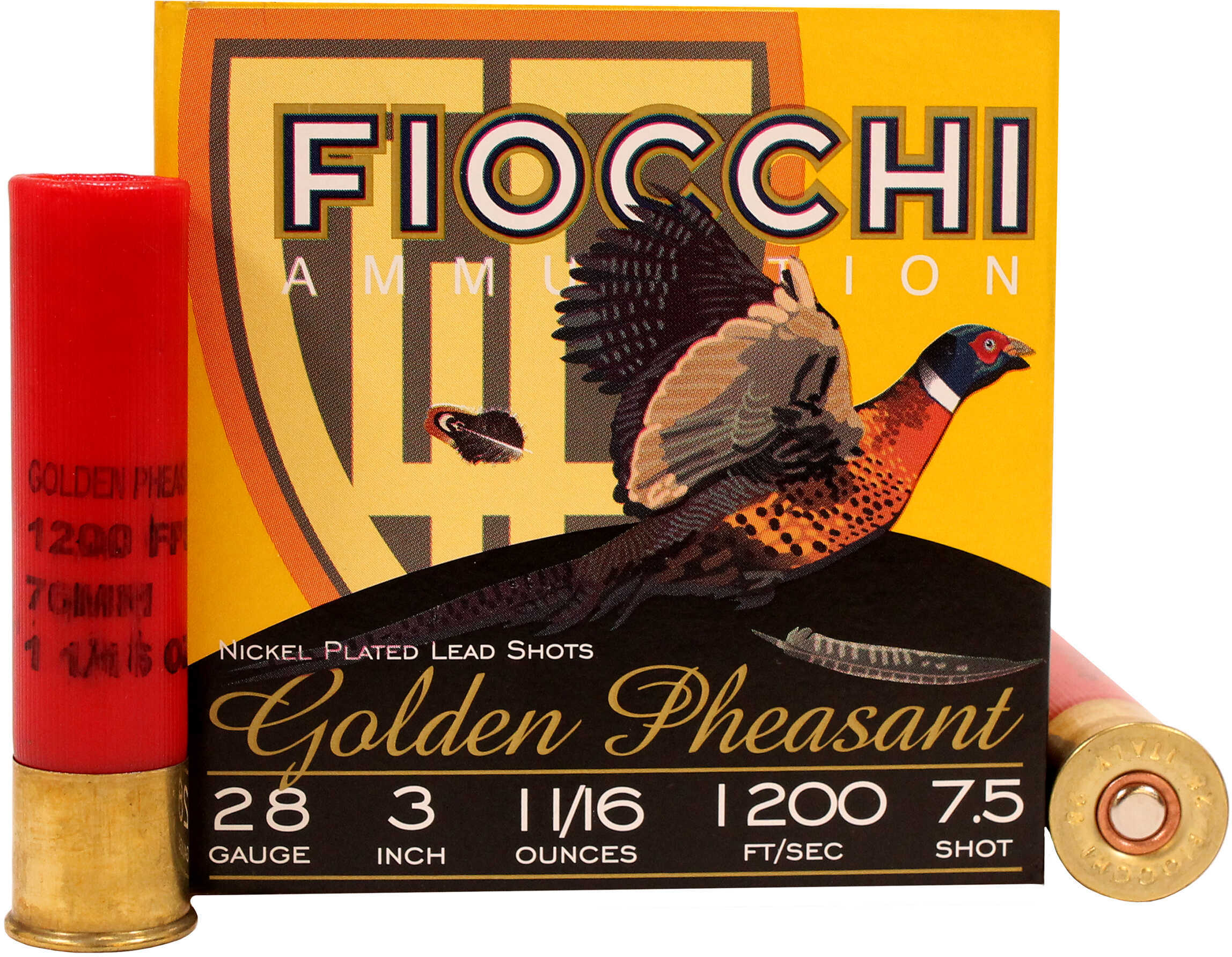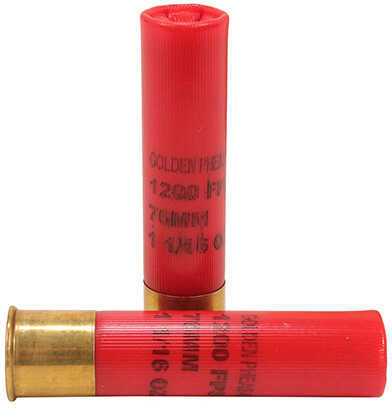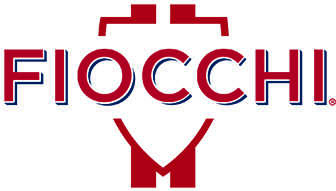







| Fiocchi Ammo | ||
| Phone: | 417-725-4118 | |
| Email: | ||
| Website: | http://www.fiocchiusa.com | |
| Address: |
6930 N. Fremont Road Ozark, MO 65721 |
|
| Quantity Available | Price |
|---|---|
| 44 | $25.85 |
| 23 | $27.14 |
| 5 star |
|
100% |
| 4 star |
|
0% |
| 3 star |
|
0% |
| 2 star |
|
0% |
| 1 star |
|
0% |